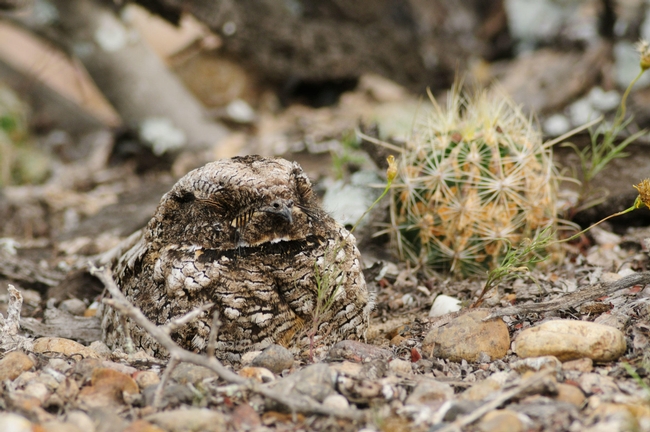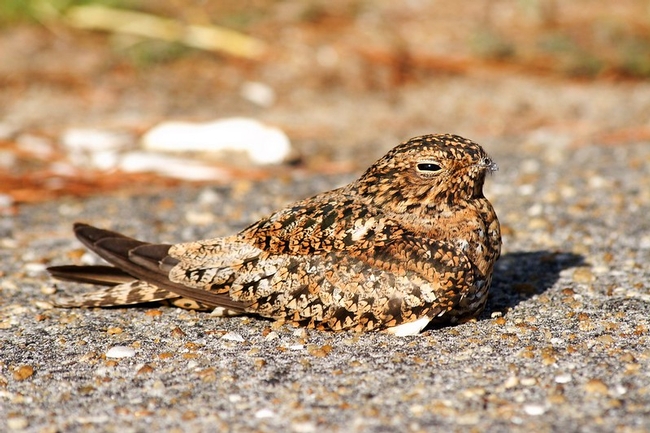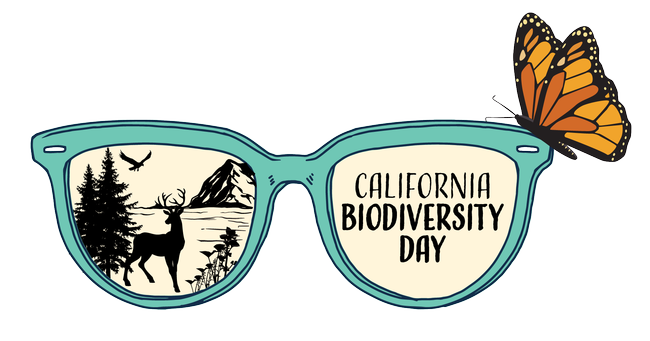Guest author Blanca Villalobos is a certified UC Riverside Palm Desert Center California Naturalist, and writes about the South Coast Biogregion for California Biodiversity Week 2021. You can follow more of Blanca's work at www.blancasvillalobos.com or on Instagram at @blanca.s.villalobos.
Tecolotlán & El Totole, nahuatl names given to the lands from which my parents were raised in: their origin meaning place of owls and turkey hen, respectively. My parents are therefore birds, who eventually migrated north in the 1970s across colonial borders until settling as guests on Cahuilla & Yuhaviatam/Maarenga'yam ancestral lands to raise their family. I grew up in the San Gorgonio Pass in Southern California surrounded by the Peninsular & Transverse Mountain Ranges, craving stories about my ancestors, cultural practices and post Mexican revolution folk tales. Lucky for me I was blessed with amazing storytellers for parents who compliment oneanother's approach to storytelling through performance & wit.
In 2018 I landed my first environmental job working at a local nature preserve after years of social work & organizing. Due to this new field of work, I quickly learned to drive slowly through the desert canyon out of concern for wildlife like bighorn sheep, rattlesnakes and the usual gambel's quail. Never did I expect to spot & identify a bird unknown to me except from the stories I had heard over the years from my dad.
On my way out of the canyon one evening, I spotted something drab & not much larger than a robin in the middle of the road. Red glowing eyes fixated on my car, I approached the relative slowly until it haphazardly took flight only to quickly rest their body on the asphalt once again. I smiled upon realizing who they were: un tapacaminos, one who covers roads. I grew up hearing my dad tell animated stories about this nightjar, how he'd be traveling in Jalisco and how he'd come across them on his path “¡No se mueven! They don't move!” he would say grinning.
Still in my car, I noticed that the illumination from my headlights helped this nocturnal bird locate their dinner: a plethora of insects under a crepuscular desert sky. Once they had their fill they eventually flew out of my path, allowing me to reflect on the metaphor of their Spanish common name while I made my way out to the Coachella Valley.
It is critical to understand the connection between the migratory paths of these birds across North America with those of my parents and other migrants. Every year I look forward to seeing the monarch butterflies journey between Canada & Mexico and just recently I became aware of the black bear in my neighborhood that travels up and down the Sand to Snow National Monument for water & refuge. What I would like folks to consider during this year's California Biodiversity Day is a compassionate & intersectional reflection on the absurdity that is a border for all living beings.
With love & in solidarity,
Blanca S. Villalobos, they/she

September 4-12, 2021 is California Biodiversity Week. Join us in celebrating the unique biodiversity and renewing our commitment to stewarding the state's incredible natural heritage! During the Week, CalNat is posting blogs authored by members of our community, ending in our September 14th CONES event from noon-1:00 PM. Be sure to also check out a list of activities and resources online from the CA Natural Resources Agency!

